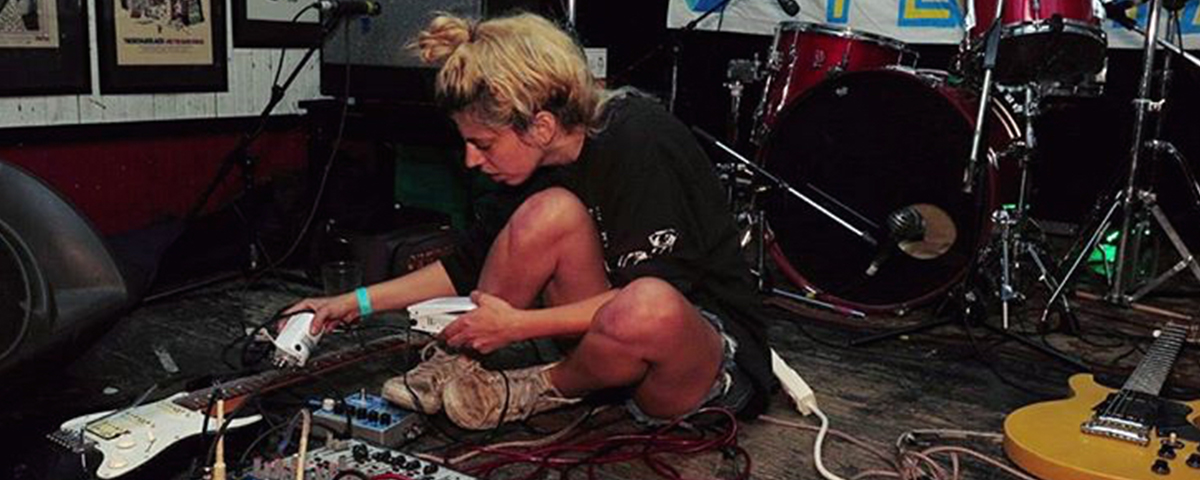
Studio XX is pleased to welcome, from September 28 to November 6, 2015, as part of the 2015-16 residency program, artist Daniella Ben-Bassat and her project TASKMASTER.
Equipped with the technological and conceptual resources at StudioXX, I will realize a new project entitled Taskmaster. Motivated by the desire to examine the intimate and yet uneven relationship between humans and technology, Taskmaster aims to address the hidden boundaries imposed on humans in their collaboration with digital tools. The concept of control, advertised as a feature of digital technology, is one that is inherently absurd. I would like to focus on this absurdity and its presence in the relationships between human bodies and new smart, or predictive machines.
Video : Daniella Ben-Bassat | TASKMASTER
“Users” as they are ubiquitously called, possess autonomy only within the parameters of the digital machine. Non-mechanical tools, unlike their mechanical predecessors, often mask these parameters – hiding the true nature of their mechanisms. Sleek interfaces give users the impression of control, while their actual mechanisms lurk and regulate behind metal casing, complex circuitry, and code.
At Studio XX I will make and operate four sculptural sound machines that reveal their own technological anatomies. Each sound machine will function as a moving diorama enclosed within a cube. The spinning pieces within each cube will be automated –pre-programmed to rotate in different directions at different time intervals. These rotations will make loops of live sound as amplified motors, violin strings, and tenuously arranged metal scraps repeatedly rotate and drag –scraping against each other and falling into their own walls. With nothing hidden, the audience can clearly observe the elements present in the aural output. I would like to work with the network of collaborators at Studio XX to automate these machines with micro-controllers – researching ways in which I can program each piece to function on its own as a sonorous machine, while also being reactive to the performer.
I will connect each sculpture to a pedal, which will allow the user/performer to control the motor speed. The sculptures will function according to their previous programming – creating sound loops and rotating back and forth on their own pre-determined trajectories – but they will also respond to the user’s decisions. The speed control will directly influence both tone and amplitude of the sculptures, but their movements are still ultimately restricted by each sculptures’ fated movement pattern. The sculptures, in both their states of pre-programmed automation and human intervention, will work together with washes of droning guitar and motor tones to create a complex soundscape both industrial in texture and humanly idiosyncratic in nature.
Revealing the hidden systems inherent to mainstream media and technology is not just important as functional users, but as a feminist practice to further deconstruct and make visible the systems which permeate our lives. When we begin to understand or observe one system of imbalance, we can begin to understand many, and I find parallels between the de-construction of these coded structures and Studio XX’s mission. I am very excited about these conceptual parallels, and for the opportunity to build on my technical knowledge and programming skills with the
Studio XX community.